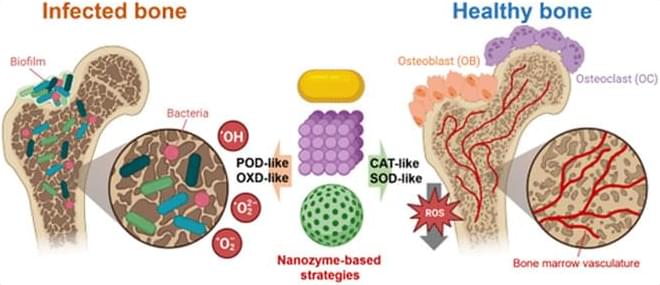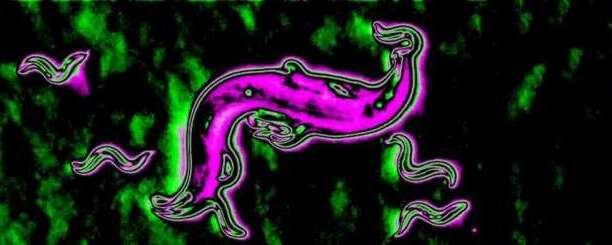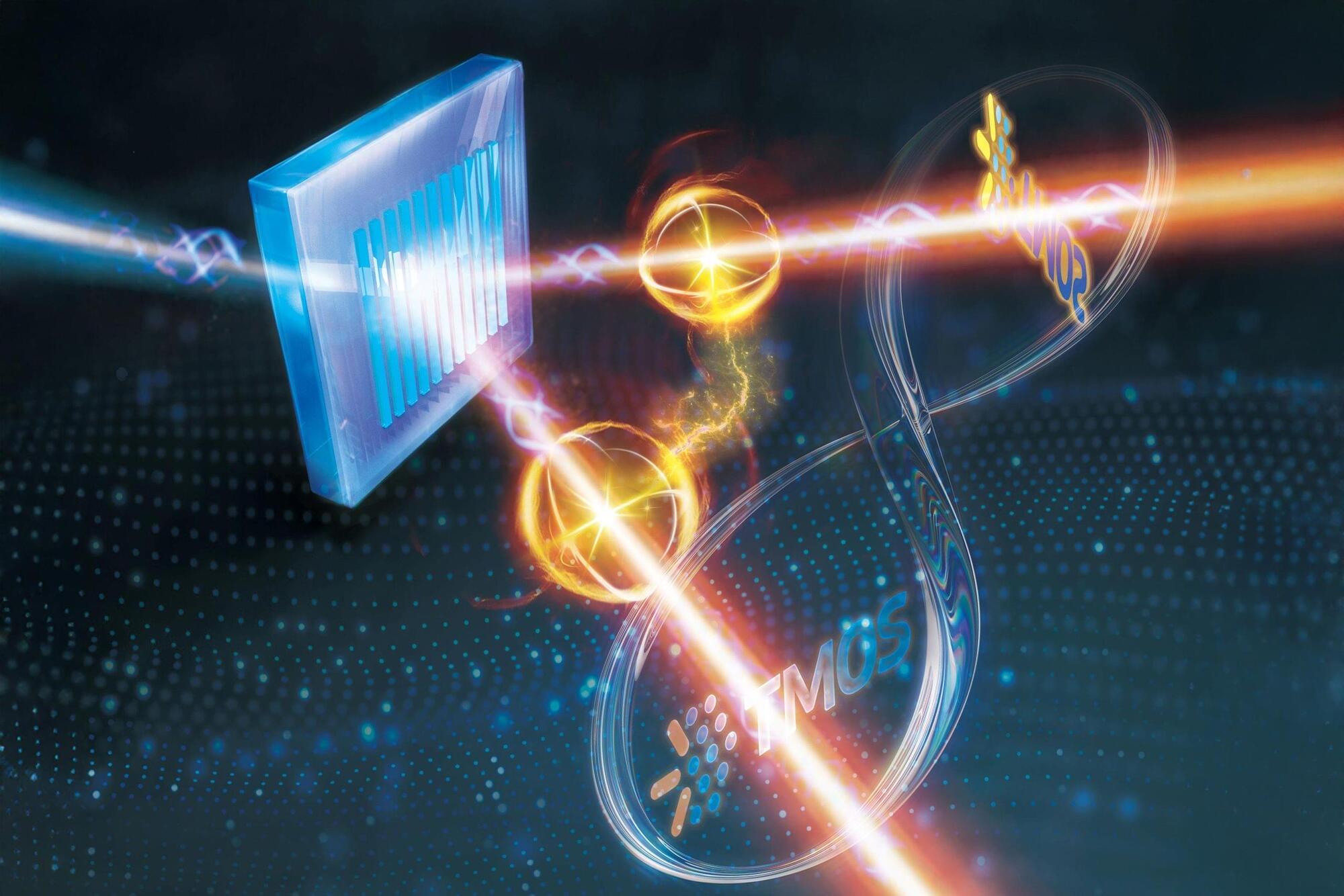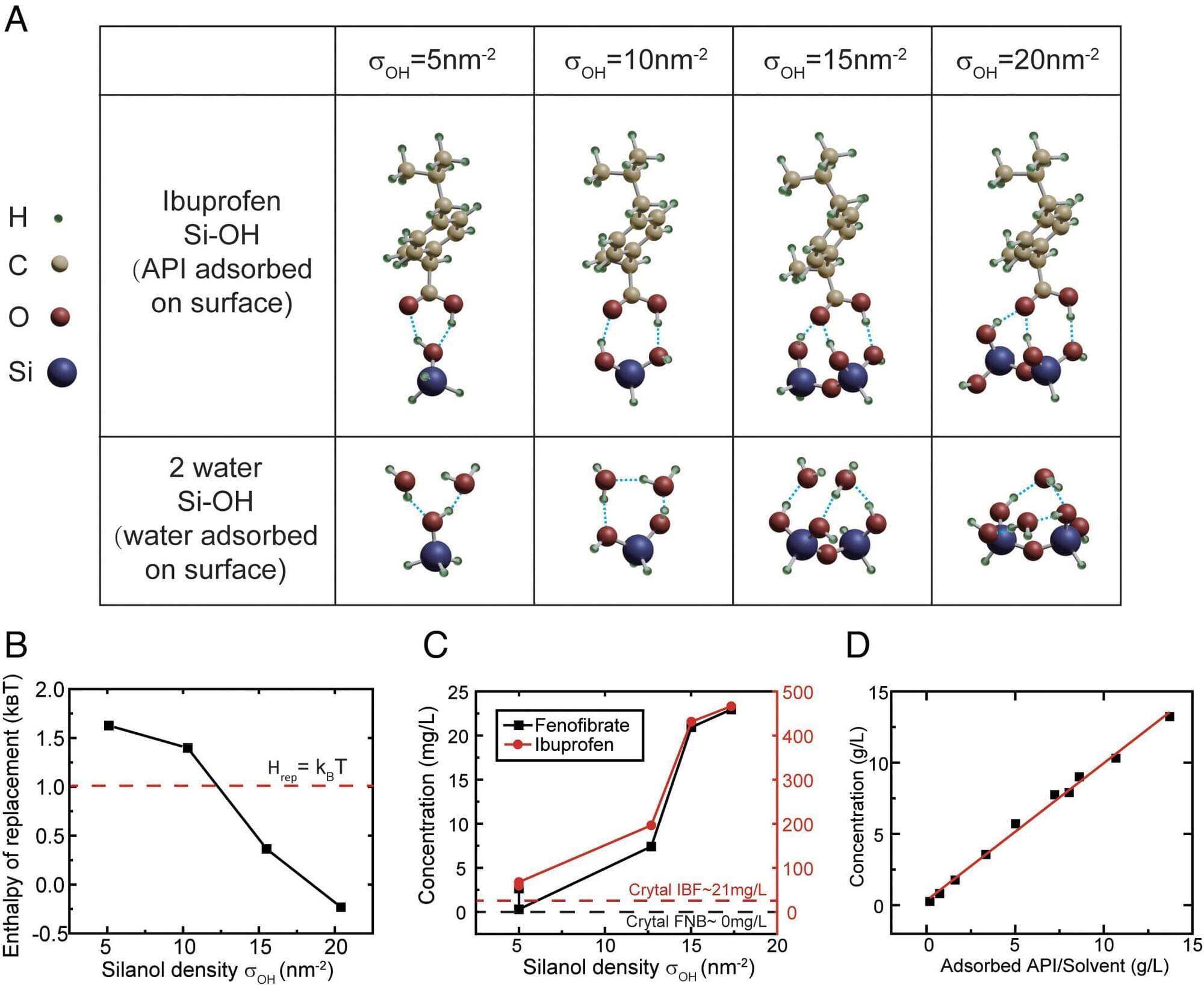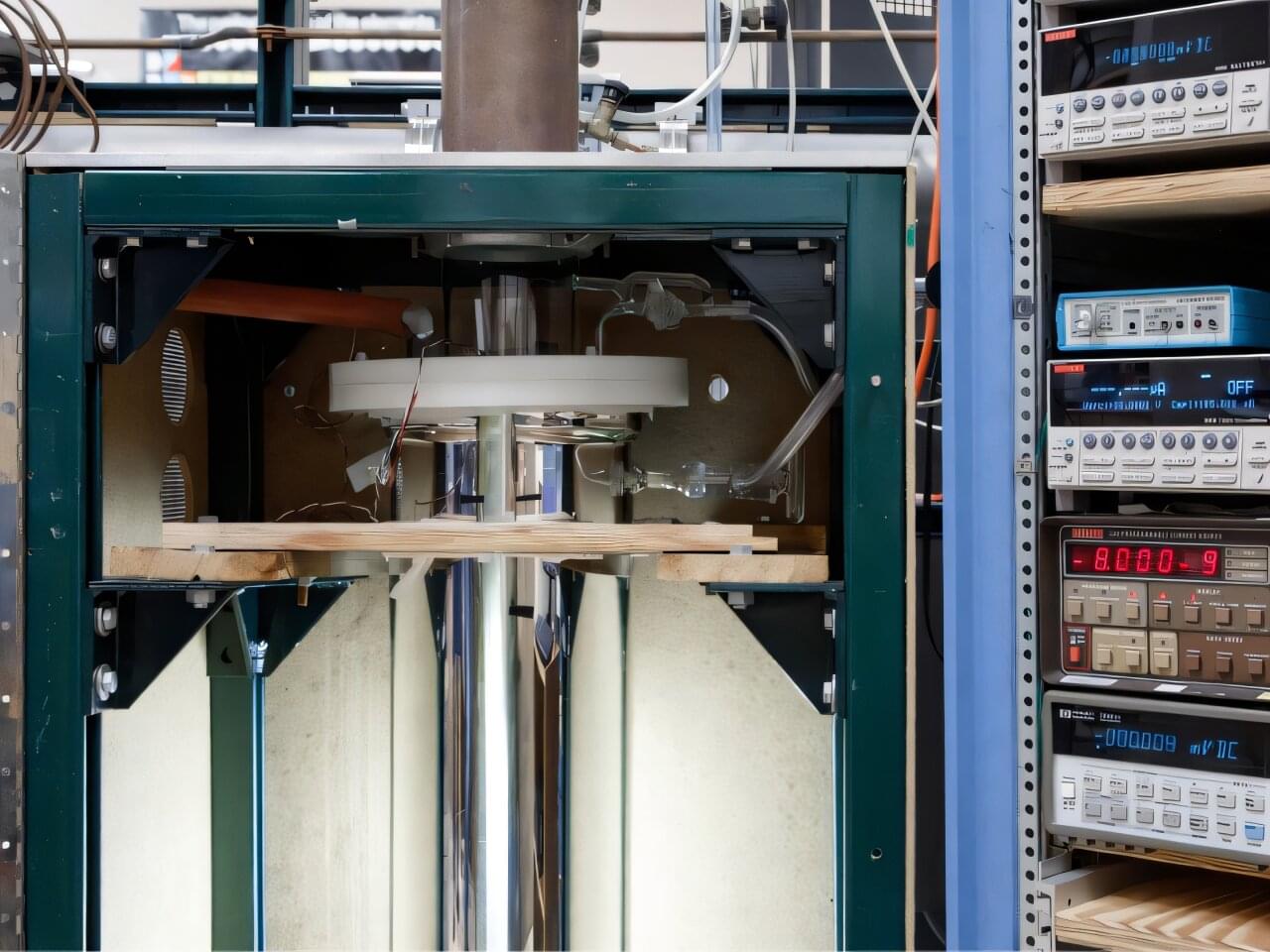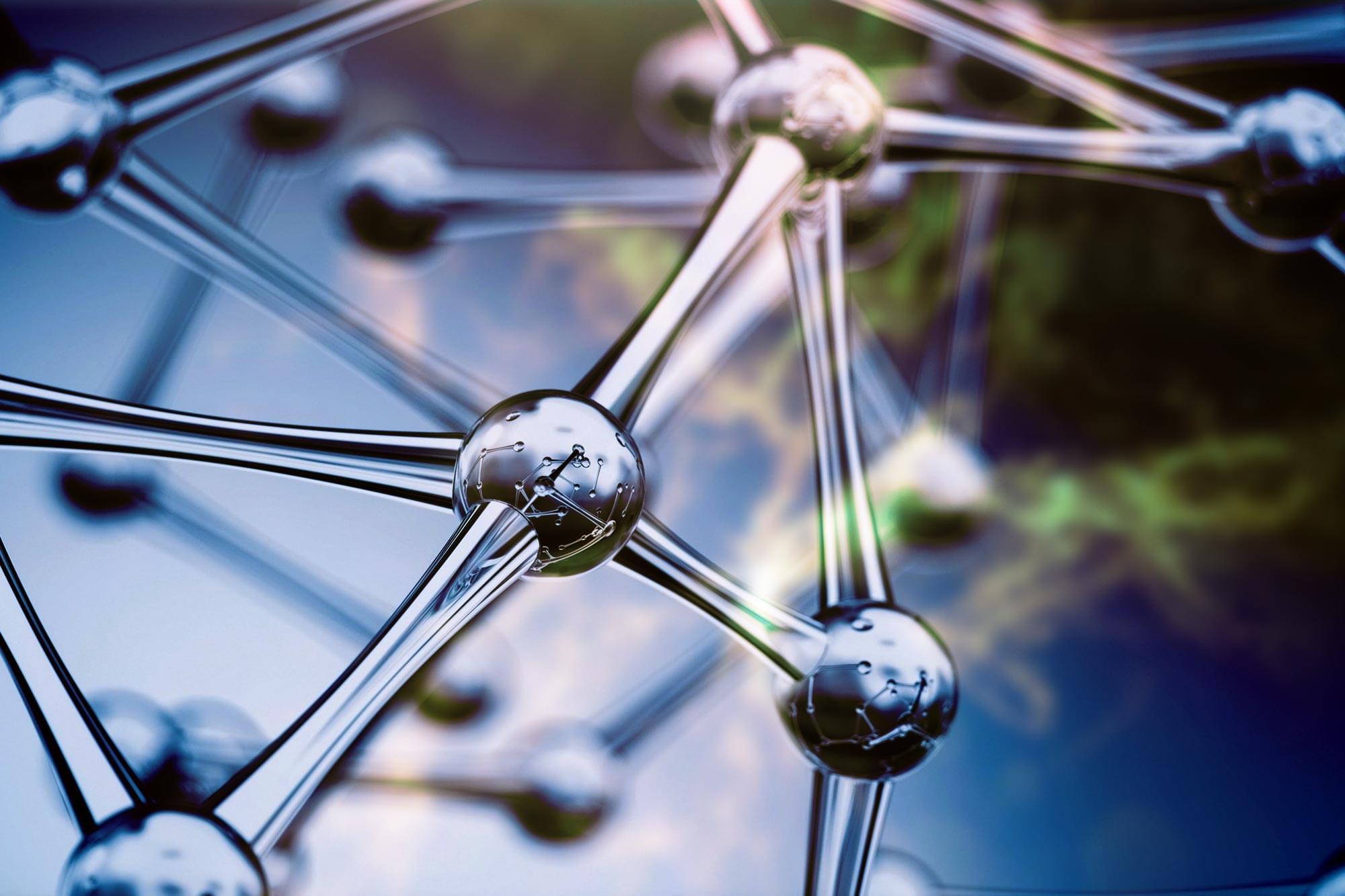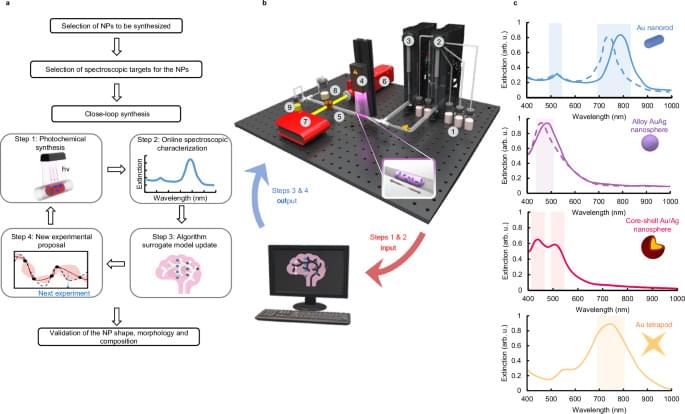Nanozymes are a class of nanomaterials that exhibit catalytic functions analogous to those of natural enzymes. They demonstrate considerable promise in the biomedical field, particularly in the treatment of bone infections, due to their distinctive physicochemical properties and adjustable catalytic activities. Bone infections (e.g., periprosthetic infections and osteomyelitis) are infections that are challenging to treat clinically. Traditional treatments often encounter issues related to drug resistance and suboptimal anti-infection outcomes. The advent of nanozymes has brought with it a new avenue of hope for the treatment of bone infections.
